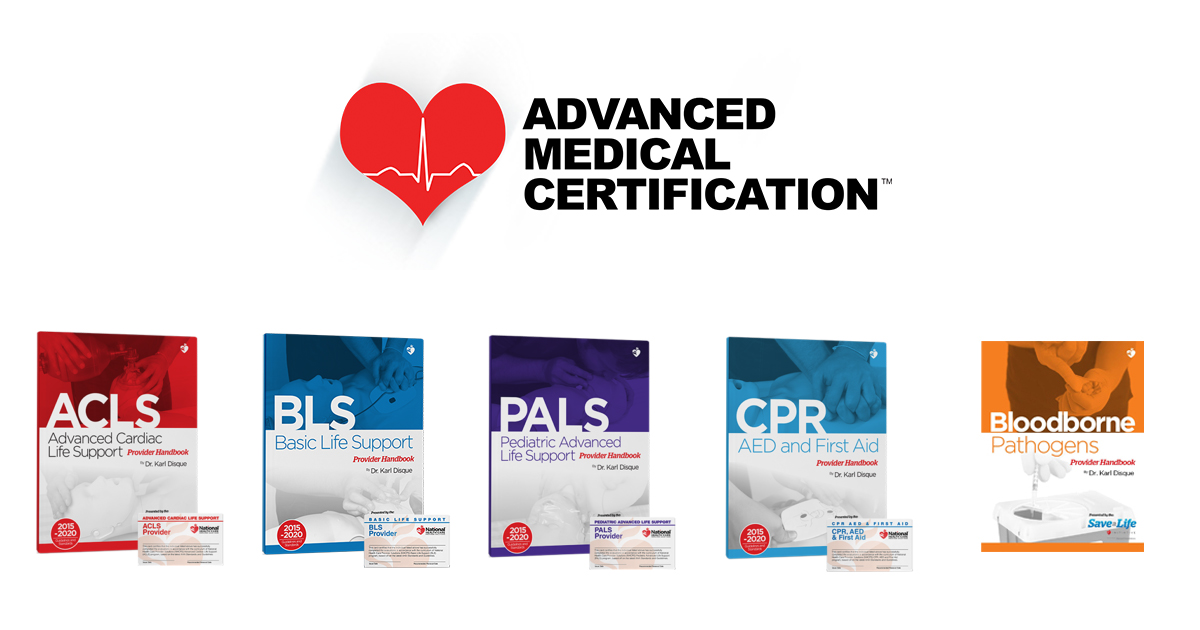
Thank you for subscribing to the The PA Rx Newsletter!
The Friday Case Challenge includes difficult-to-diagnose conditions, some of which are not frequently encountered by most clinicians, but are nonetheless important to accurately recognize. Test your diagnostic and treatment skills using the following patient scenario and corresponding questions.
Meet a 35-year-old male patient who presents to your clinic with a longstanding history of gastrointestinal complaints. He describes his symptoms as recurrent episodes of diarrhea, abdominal pain, bloating, and fatigue.
As you continue to question him, he reveals that these episodes of debilitating diarrhea, accompanied by excruciating abdominal pain, have sent him racing to the bathroom multiple times a day. His social life has withered, job performance has suffered, and fatigue haunts his every waking moment. He’s desperate for answers.
Upon closer examination, his physical condition is even more striking. His angular cheilitis, a telltale sign of chronic inflammation, has caused painful cracks at the corners of his mouth that refuse to heal. The rash on his elbows and knees is not merely a mild irritation, but a constant torment, oozing clear fluid and intensifying his misery.
But it’s the skin that demands your attention the most. The small, itchy blisters on his buttocks and the back of his neck are almost reminiscent of chickenpox, but they don’t follow the classic distribution pattern. The patient reports that they erupt periodically, leaving behind scabs, and itch unbearably, especially at night.
Adding a layer of complexity, his face exhibits a distinct rash – a tapestry of small, red papules and pustules. These are concentrated around his nose, resembling a severe case of adult acne, but with a twist. They often break open, weeping clear fluid, and forming crusts.
Now, as you stand at the crossroads of this perplexing case, the patient’s history throws you another curveball. He’s not just plagued by gastrointestinal symptoms; he also has a long-standing history of iron-deficiency anemia. The anemia has been so stubborn and recurrent that he’s had to undergo several iron infusions in recent years. And despite his persistence in seeking medical help, no one has been able to connect the dots.
1.Which of the following is the most likely diagnosis?
A. Irritable bowel syndrome
B. Lactose intolerance
C. Celiac disease
D. Crohn’s disease
2. Which of the following would be expected on his upper endoscopy biopsy?
A. Granulomas
B. Intraepithelial lymphocytosis, crypt hyperplasia, and villous atrophy
C. Absence of plasma cells
D. Multinucleated giant cells
3. Which of the following malignancies is most strongly linked to this condition
A) Colorectal cancer
B) Hepatocellular carcinoma
C) Gastric adenocarcinoma
D) Small bowel lymphoma.
Answer 1:
C Celiac disease
The patient’s presentation is strongly suggestive of celiac disease, an autoimmune disorder triggered by gluten ingestion. Key features include recurrent gastrointestinal symptoms (diarrhea, abdominal pain, bloating), dermatological signs (angular cheilitis, rash on elbows, knees, and face), iron-deficiency anemia, and severe itchiness. The stubborn anemia despite iron infusions is a red flag. These symptoms are common in celiac disease due to malabsorption and autoimmune reactions. Serology and intestinal biopsy are diagnostic. A gluten-free diet is the primary treatment. Celiac disease often presents with a complex array of symptoms, making diagnosis challenging but critical for effective management.
Answer 2:
B. Intraepithelial lymphocytosis, crypt hyperplasia, and villous atrophy are classic histologic findings seen on small intestinal biopsy in patients with celiac disease. Granulomas are more indicative of Crohn’s disease rather than celiac disease. They are not a typical finding. Plasma cells are normally present in the lamina propria of the small intestine. Their absence would not be expected in celiac disease.
Answer 3
D) Small bowel lymphoma.
Explanation: Patients with celiac disease have an increased risk of small bowel lymphoma, particularly Enteropathy-Associated T-Cell Lymphoma (EATL). This risk is significantly elevated compared to the general population.
I hope you did well and crushed this quiz.
If you need more review, click here for some free resources, questions and videos regarding small intestine disorders
Thats all for today.
Thanks for reading,
M. Delph










